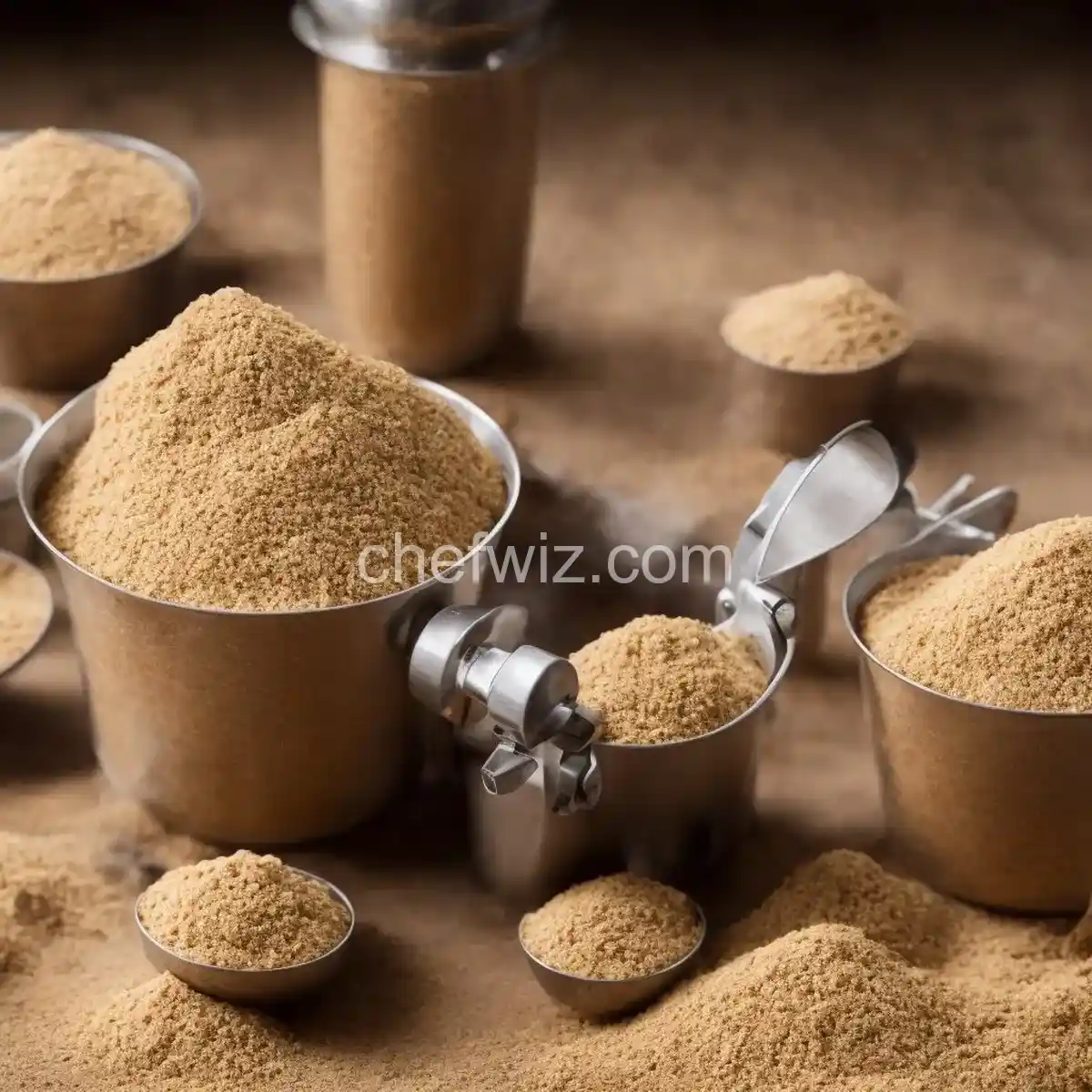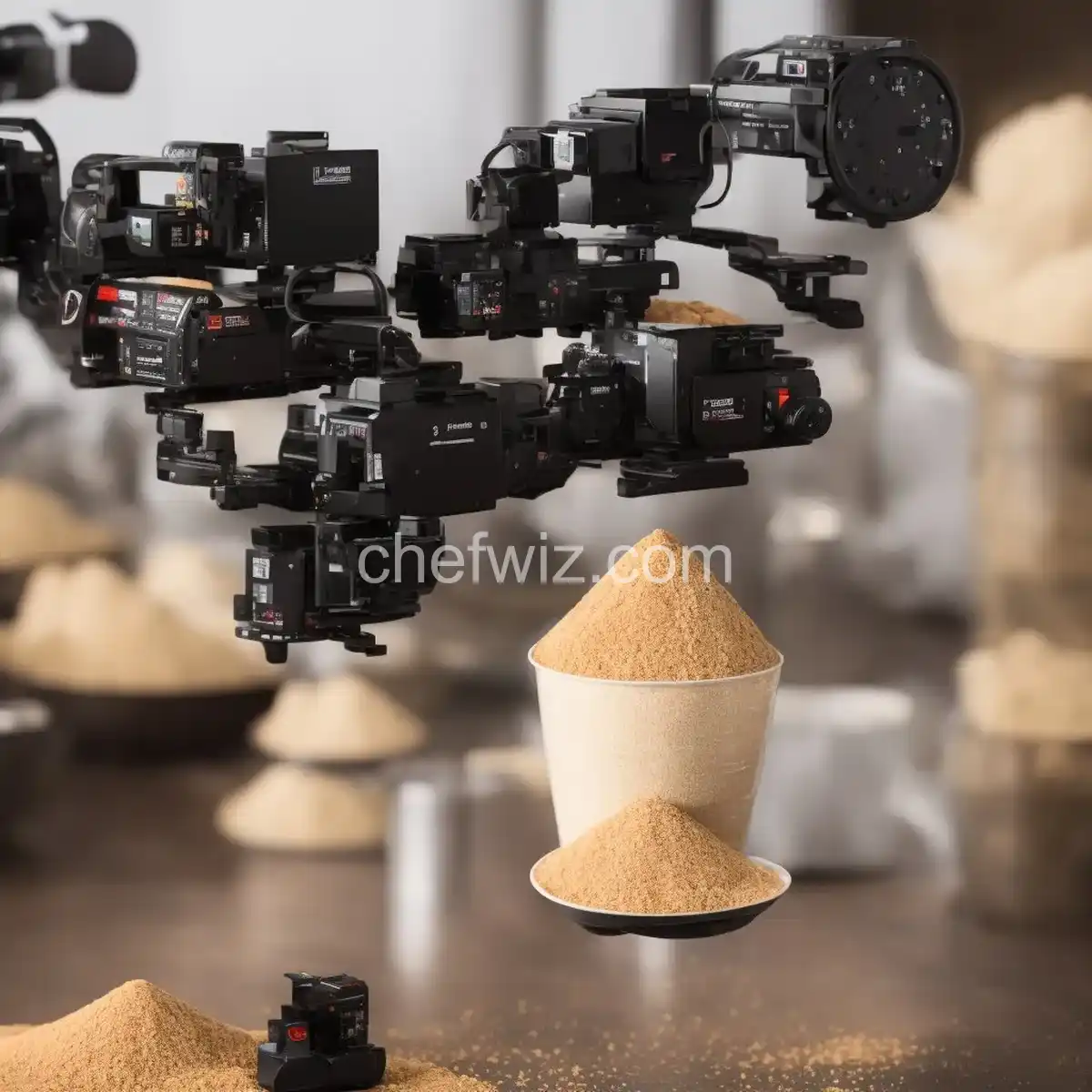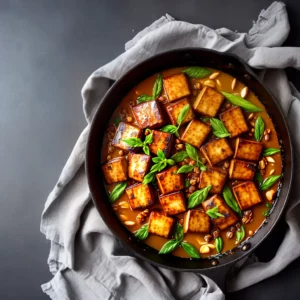How to Measure Flour
Have you ever tried baking a cake, only to end up with a dense and dry result? Or maybe your cookies turned out flat and spread all over the baking sheet. These baking mishaps can often be attributed to inaccurate measurements, especially when it comes to flour. But fear not, because in this article, we will guide you on how to measure flour correctly to achieve perfect results every time.
Why is Measuring Flour Important?
Before we dive into the nitty-gritty of measuring flour, let’s understand why it is so crucial in baking. Flour is the backbone of most baked goods, and it plays a significant role in their structure and texture. Too much flour can make your baked goods heavy and tough, while too little can result in a flat and crumbly outcome. Achieving the perfect balance is essential for creating light, fluffy, and delicious treats.
The Scoop and Level Method
One of the most common methods for measuring flour is the scoop and level method. Here’s how it works:
- Start by fluffing the flour in the container using a fork or a whisk. This helps to loosen any compacted flour and ensures a more accurate measurement.
- Using a spoon, lightly scoop the flour into the measuring cup, filling it slightly more than needed.
- Level off the excess flour by running the back of a knife or a straight edge across the top of the measuring cup. This will remove any excess flour and give you a precise measurement.
Remember, the key here is not to pack the flour into the measuring cup. Doing so can lead to using too much flour and result in dense and dry baked goods.
Weighing Flour for Precision
If you want to take your baking to the next level of accuracy, consider investing in a kitchen scale. Weighing your flour provides the most precise measurement and eliminates any guesswork. Different types of flour have varying densities, so using the weight measurement ensures consistency across your recipes.
To weigh flour, place your container on the scale and zero it out. Then gradually add flour until you reach the desired weight. This method takes a bit more time and effort but can make a significant difference in your baking results.
FAQs
1. Can I use a regular cup to measure flour?
While using a regular cup is a common practice, it is not the most accurate method. A measuring cup specifically designed for dry ingredients will give you more precise measurements.
2. How do I measure flour for gluten-free baking?
Measuring flour for gluten-free baking follows the same principles as regular flour. However, it’s essential to use gluten-free flour blends that are specifically formulated for baking.
3. Should I sift the flour before measuring?
Sifting flour can help remove any lumps and aerate it, resulting in a lighter texture. However, if a recipe specifically calls for sifted flour, it should be sifted after measuring.
4. Can I substitute different types of flour in a recipe?
Yes, you can substitute different types of flour, but it’s important to note that they have different properties and may affect the texture and structure of the final baked goods. It’s best to consult a reliable recipe or baking expert for guidance.
5. How can I measure flour without a scale?
If you don’t have a scale, the scoop and level method is your best bet for accurate measurements. Just make sure not to pack the flour tightly into the measuring cup.
6. Can I measure flour by volume for bread baking?
For bread baking, measuring flour by weight is highly recommended. Bread recipes often require precise measurements, and using a scale ensures the best results.
7. Does the humidity affect flour measurements?
Humidity can influence the moisture content of flour, which can lead to variations in measurements. If you’re baking in a humid environment, it’s a good idea to weigh your flour for more consistent results.
8. Should I measure flour before or after sifting?
If a recipe calls for sifted flour, it should be sifted after measuring. However, if a recipe doesn’t specify, it’s generally safer to sift before measuring to ensure a more accurate measurement.
In Conclusion
Mastering the art of measuring flour is a game-changer in the world of baking. Whether you choose the scoop and level method or opt for weighing your flour, accuracy is key. By following these tips and techniques, you’ll be well on your way to creating heavenly baked goods that are perfectly fluffy, moist, and delicious. So go ahead, grab your measuring cups or kitchen scale, and let the baking adventures begin!

How to Measure Flour
Ingredients
- - 1 cup of all-purpose flour
Instructions
- Start by fluffing up the flour in the bag or canister using a spoon or fork.
- Spoon the flour into a measuring cup, gently piling it in until it forms a heap above the rim.
- Use a knife to scrape across the top of the measuring cup to level the flour.
- Avoid scooping the flour directly from the canister as it may be densely packed.
- A cup of spooned and leveled all-purpose flour should weigh around 120 to 125 grams.
Related Recipes:
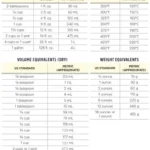 How Many Cups Are in a Liter: Unlocking the Mystery
How Many Cups Are in a Liter: Unlocking the Mystery
 How Many Ounces Are in a Pint? (Perfect Measurement Conversion Guide)
How Many Ounces Are in a Pint? (Perfect Measurement Conversion Guide)
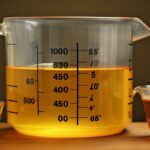 How Many Ounces Are in 750 ml? (Measurement Conversion Guide)
How Many Ounces Are in 750 ml? (Measurement Conversion Guide)
 How Many Fluid Ounces in a Cup? (Perfect Measurement Conversion Guide)
How Many Fluid Ounces in a Cup? (Perfect Measurement Conversion Guide)
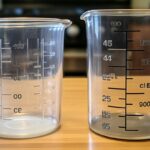 How Many Quarts in a Liter? (Perfect Measurement Conversion Guide)
How Many Quarts in a Liter? (Perfect Measurement Conversion Guide)
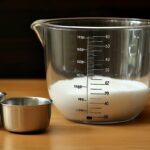 How Many Tablespoons in a Quarter Cup? (Perfect Measurement Conversion Guide)
How Many Tablespoons in a Quarter Cup? (Perfect Measurement Conversion Guide)
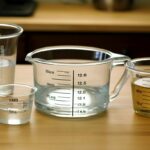 How Many Cups Are in a Liter? (Perfect Measurement Conversion Guide)
How Many Cups Are in a Liter? (Perfect Measurement Conversion Guide)
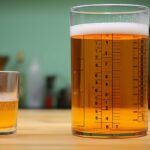 How Many Cups Are in a Pint? (Perfect Measurement Conversion Guide)
How Many Cups Are in a Pint? (Perfect Measurement Conversion Guide)

